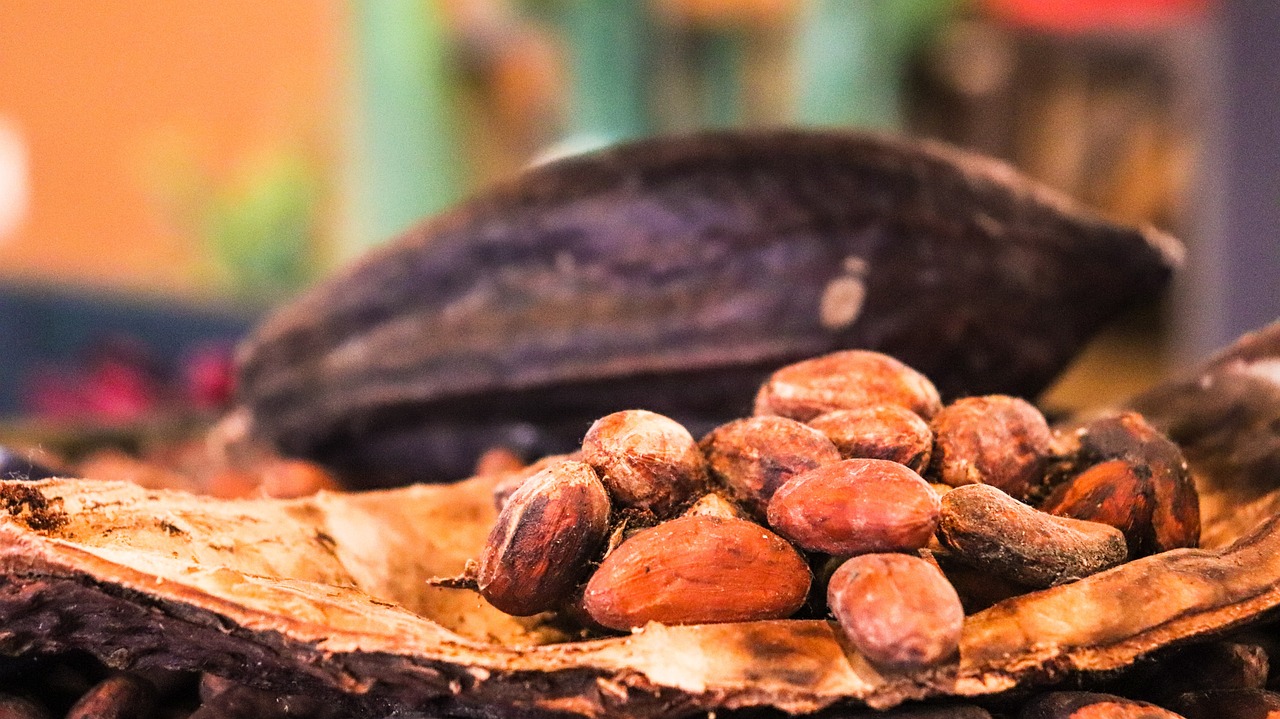
December ICE NY cocoa (CCZ24) Wednesday closed up +194 (+2.55%), and December ICE London cocoa #7 (CAZ24) closed up +115 (+2.18%).
Cocoa prices posted moderate gains on Wednesday as cocoa inventories continue to shrink. ICE-monitored cocoa inventories held in US ports have been trending lower for the past 15 months and fell to a 15-year low Wednesday of 2,249,161 bags.
On Monday, cocoa prices rose to a 3-week high on news of lower cocoa production in the Ivory Coast, the world's largest producer. Government data Monday showed that Ivory Coast farmers shipped 1.72 MMT of cocoa to ports from October 1 to September 15, down by -28% from the same time last year.
Cocoa also has carryover support from last Wednesday when the Ghana government raised the price that its cocoa regulator pays farmers for cocoa by 45% to $3,063 per ton for the 2024/25 season that began this month. The price increase was below expectations of 65%, which may prompt Ghana's cocoa farmers to hoard beans in the hopes of even higher prices.
Late last month, NY cocoa rallied to a 2-1/2 month high due to concern that excessively dry conditions in West Africa could curb the region's cocoa production. Forecaster Maxar Technologies recently said that top cocoa-producing countries Ivory Coast and Ghana had seen a "significant decrease in shower activity" over the past month, leading to below-normal soil moisture and limited crop growth.
Cocoa also has support after Ghana's Cocoa Board (Cocobod) cut its 2024/25 Ghana cocoa production estimate on August 20 to 650,000 MT from a June forecast of 700,000 MT. Due to bad weather and crop disease, Ghana's 2023/24 coca harvest sank to a 23-year low of 425,000 MT. Ghana is the world's second-biggest cocoa producer, and its 2024/25 cocoa harvest begins in October.
An increase in cocoa production by Cameroon, the world's fifth-largest cocoa producer, is bearish for cocoa prices. On August 21, Cameroon's National Cocoa and Coffee Board reported that 2023/24 (Aug/July) Cameroon cocoa production rose +1.2% y/y to 266,725. Also, on August 28, Nigeria's July cocoa exports jumped +31% y/y to 17,456 MT. Nigeria is the world's sixth-largest cocoa producer.
Cocoa prices have been supported by better-than-expected cocoa demand. The National Confectioners Association reported on July 18 that North America Q2 cocoa grindings rose +2.2% y/y to 104,781 MT, stronger than estimates for a slight decline. Also, the Cocoa Association of Asia reported on July 18 that Asian Q2 cocoa grindings fell -1.4% y/y to 210,958 MT, a smaller decline than expectations of -2.0% y/y. The European Cocoa Association reported on July 11 that Q2 European cocoa grindings unexpectedly rose +4.1% y/y to 357,502 MT, versus expectations of a -2% y/y decline.
In a bullish factor, the International Cocoa Association (ICCO) on August 30 raised its 2023/24 global cocoa deficit estimate to -462,000 MT from May's -439,000 MT. ICCO also cut its 2023/24 cocoa production estimate to 4.330 MMT from May's 4.461 MMT. ICCO projected a 2023/24 global cocoa stocks/grindings ratio of a 46-year low of 27.4%.
On the date of publication, Rich Asplund did not have (either directly or indirectly) positions in any of the securities mentioned in this article. All information and data in this article is solely for informational purposes. For more information please view the Barchart Disclosure Policy here.






